Articles
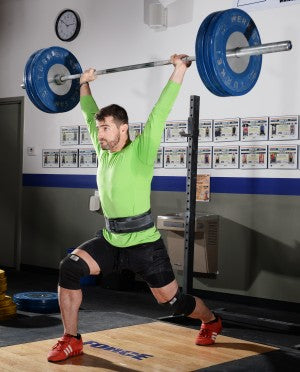
Fix Your Jerk with the Power Jerk
Through my almost 33 years of life on this earth I have realized that there are only 2 kinds of people in this world: Those that know they will make...
Fix Your Jerk with the Power Jerk
Through my almost 33 years of life on this earth I have realized that there are only 2 kinds of people in this world: Those that know they will make...
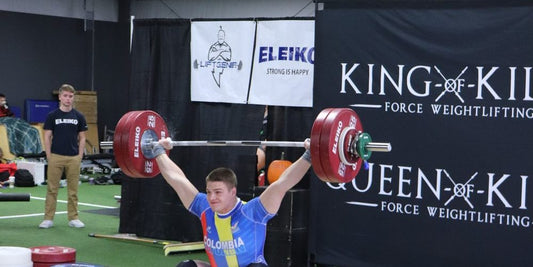
Training at Thresholds: How to Not Kill Yoursel...
Staring at your program and looking at what’s on tap for the day, you’re likely to see one of two things.Option 1: A hard and fast percentage of your best...
Training at Thresholds: How to Not Kill Yoursel...
Staring at your program and looking at what’s on tap for the day, you’re likely to see one of two things.Option 1: A hard and fast percentage of your best...
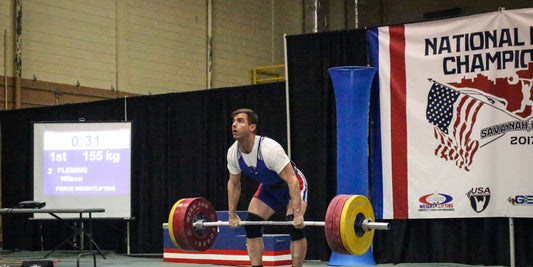
How Often Should You PR?
Recently the following question was posed to me: How often should I PR? Specifically this was a masters lifter, running into some frustration on how he should gauge improvement. Weightlifting,...
How Often Should You PR?
Recently the following question was posed to me: How often should I PR? Specifically this was a masters lifter, running into some frustration on how he should gauge improvement. Weightlifting,...
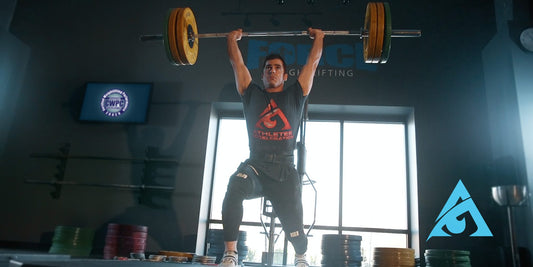
It’s More than Dip and Drive- The Jerk Has 3 Parts
In my 20 years in weightlifting (first as a junior athlete and progressing to old man weightlifting and coaching) I have spent more time working on my jerk than anything...
It’s More than Dip and Drive- The Jerk Has 3 Parts
In my 20 years in weightlifting (first as a junior athlete and progressing to old man weightlifting and coaching) I have spent more time working on my jerk than anything...
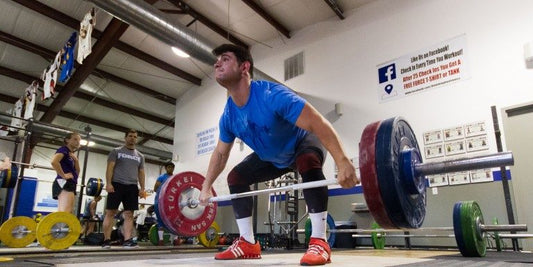
Weightlifting Program for Beginners
A true beginner would be my dream scenario, a young talented athlete that wants to pursue weightlifting, one with very little training, but untapped athleticism. I don’t get many of...
Weightlifting Program for Beginners
A true beginner would be my dream scenario, a young talented athlete that wants to pursue weightlifting, one with very little training, but untapped athleticism. I don’t get many of...
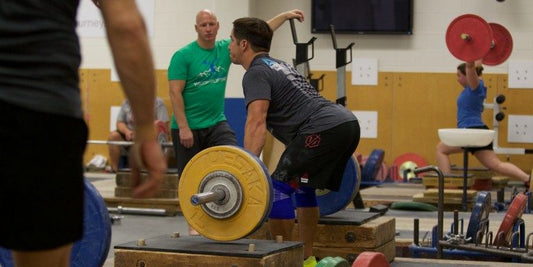
Lifting From Blocks
In college I would beg and plead to lift from the blocks. If snatches were listed, I’d figure out a way to get the blocks out and lift. Cleans, same....
Lifting From Blocks
In college I would beg and plead to lift from the blocks. If snatches were listed, I’d figure out a way to get the blocks out and lift. Cleans, same....
